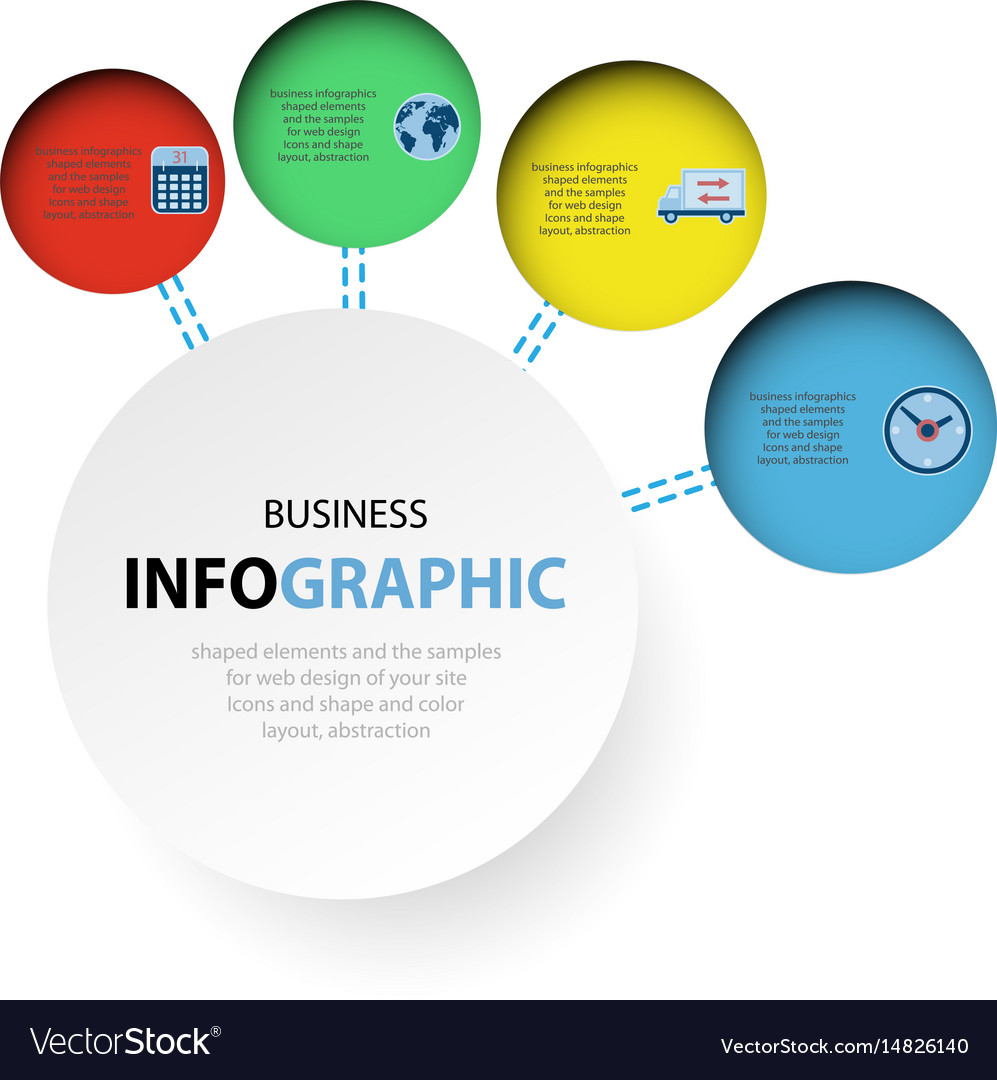Essential Facets Of Web Design: Guidelines For Developing A User-Centric Site
Essential Facets Of Web Design: Guidelines For Developing A User-Centric Site
Blog Article
Content Create By-Christophersen Ehlers
When it involves web site style, making certain user-friendliness is key. From responsive style to structured navigating, every element plays a vital role in producing a website that satisfies your target market's demands. But what about the finer information that can make or break a customer's browsing experience? Keep tuned as we uncover some often-overlooked pointers that can elevate your web site's usability to the next degree, making it really stick out in the digital landscape.
Importance of Responsive Design
Responsive design is an essential element of modern internet site development. Guaranteeing your site is receptive means that it can adjust to different screen dimensions and tools, giving a smooth experience for individuals.
With the boosting use of mobile phones and tablet computers to access the web, having a responsive layout is vital for reaching a bigger audience. It aids in improving customer experience by making your website easy to navigate and keep reading any device.
Additionally, receptive style can positively influence your internet search engine positions, as internet search engine like Google prioritize mobile-friendly internet sites. By having a responsive design, you're likewise future-proofing your internet site, as brand-new tools with differing screen dimensions remain to emerge.
Simplify Navigating Framework
To improve customer experience and assist in simple accessibility to details on your internet site, simplifying the navigating structure is paramount. When designing your site, concentrate on producing a clear and instinctive navigating menu that helps visitors find what they're searching for promptly.
Limitation the variety of menu things to the essentials, grouping relevant pages with each other to stay clear of overwhelming customers. Use detailed labels that plainly suggest the material of each web page, making it much easier for users to comprehend where each link will take them.
Take into consideration implementing dropdown food selections for subcategories to stop cluttering the main navigating bar. Additionally, consist of a search bar plainly on the page for users that prefer searching for specific info.
Prioritize mobile responsiveness in your navigation layout to ensure easy accessibility on all tools.
Optimize Web Page Tons Rate
Improving web page tons rate is critical for keeping site visitors on your website. Slow-loading pages irritate individuals and can bring about high bounce prices. To optimize web page load rate, start by enhancing photos. Press pictures without endangering quality to decrease their data dimensions.
In addition, enable browser caching to save often accessed resources in your area, quickening lots times for returning visitors. search engine optimization & marketing , JavaScript, and HTML files by removing unnecessary personalities, comments, and format, boosting lots speed.
Think about utilizing a material distribution network (CDN) to disperse your site's material throughout multiple servers worldwide, minimizing latency for individuals accessing your site from different locations. Lastly, limit making use of third-party manuscripts and plugins, as they can dramatically influence load times.
website search design
In conclusion, by incorporating responsive style, streamlining navigation, and maximizing web page lots rate, you can create a straightforward web site that interest a bigger audience and improves user experience. These essential elements guarantee that site visitors can quickly accessibility and navigate your website across various tools, causing raised interaction and complete satisfaction. By concentrating on these crucial aspects, you can develop an effective web site that maintains customers returning for even more.
